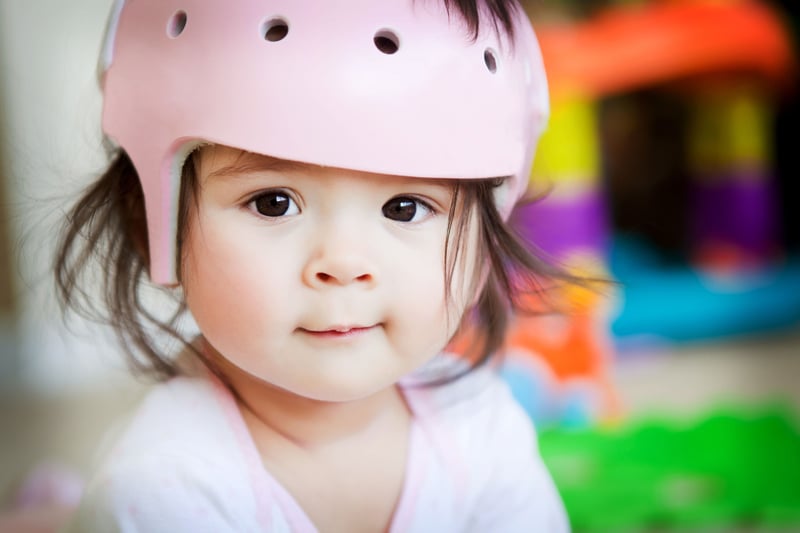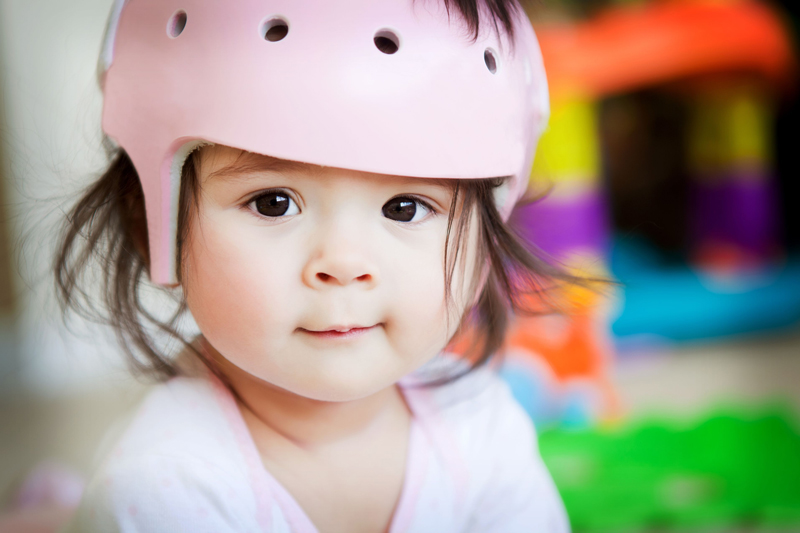 One condition that has become more common today in infants than ever before is cranial asymmetry.
One condition that has become more common today in infants than ever before is cranial asymmetry.
This condition is a cranial deformation that impacts 18 to 28 percent of infants. The rise of this condition is directly related to how we let infants sleep today – on their backs for long periods of time. This comes from a “Back to Sleep” campaign launched in 1992 from the American Academy of Pediatrics.
Cranial remodeling is a treatment that was created as a way to combat and ultimately treat cranial asymmetry. Here, we’ll explain cranial asymmetry and then discuss how cranial remodeling can help.
Cranial Asymmetry Defined
Cranial asymmetry is when an infant’s skull becomes deformed. Sometimes this happens prior to birth, or even during birth; other times it happens due to how the baby sleeps. The main cause is a restriction of growth in a fixed area.
There are a few different types of cranial asymmetry:
- Plagiocephaly: when one side of the back of the infant’s head is flat, resulting in a forehead bulge on the same side
- Brachycephaly: when the back of the head is flattened symmetrically
- Scaphocephaly: when the infant’s head is long from the front to the back and narrow from one side to the other
Cranial asymmetry can be prevented or treated early on through the use of cradling or repositioning. If a treatment plan hasn’t happened prior to three months of age, however, deformity could result, which means cranial remodeling might be needed.
Cranial Remodeling Explained
Cranial remodeling is a treatment process designed to correct the deformities caused by cranial asymmetry.
This treatment starts at three months of age and can be performed all the way up to 18 months. It involves carefully measuring your infant’s head and obtaining precise measurements that enable the creation of a special helmet that is then fitted to the infant.
The helmets themselves are made of a hard outer shell constructed from plastic and lined with foam that ensures a snug but comfortable fit for the infant.
By wearing this helmet 23-24 hours per day (removed only to clean it), the infant will start to have his or her head gently remodeled back into correct shape and alignment. Your orthotic specialist will periodically measure and evaluate the progress made by the helmet over the next few months (treatment typically lasts three to four months).
The ideal end result is a correctly aligned head free of major deformities.
If you think your infant may have cranial asymmetry and may be in need of a consultation for a cranial helmet to correct the condition, then please contact BioTech.
